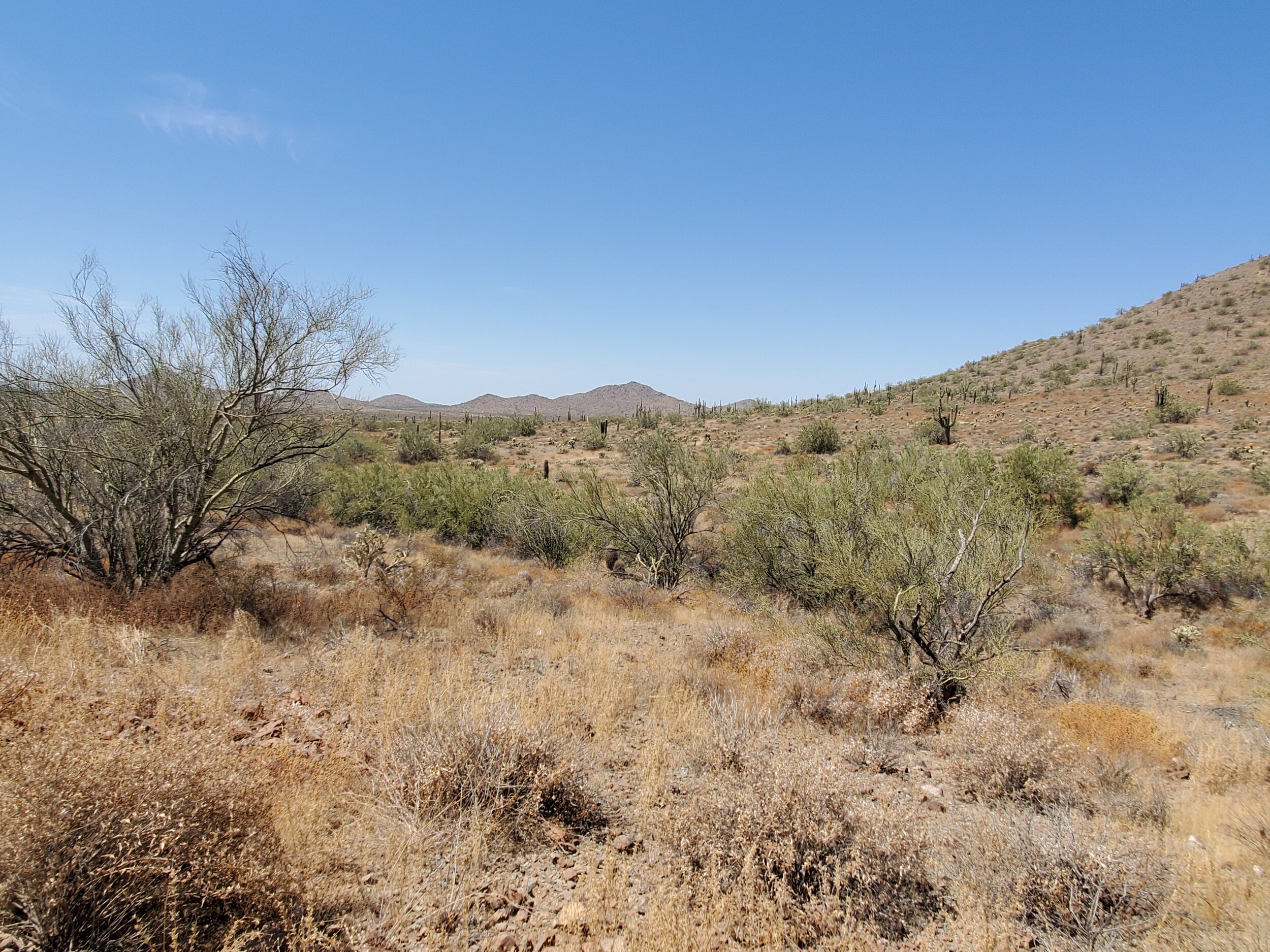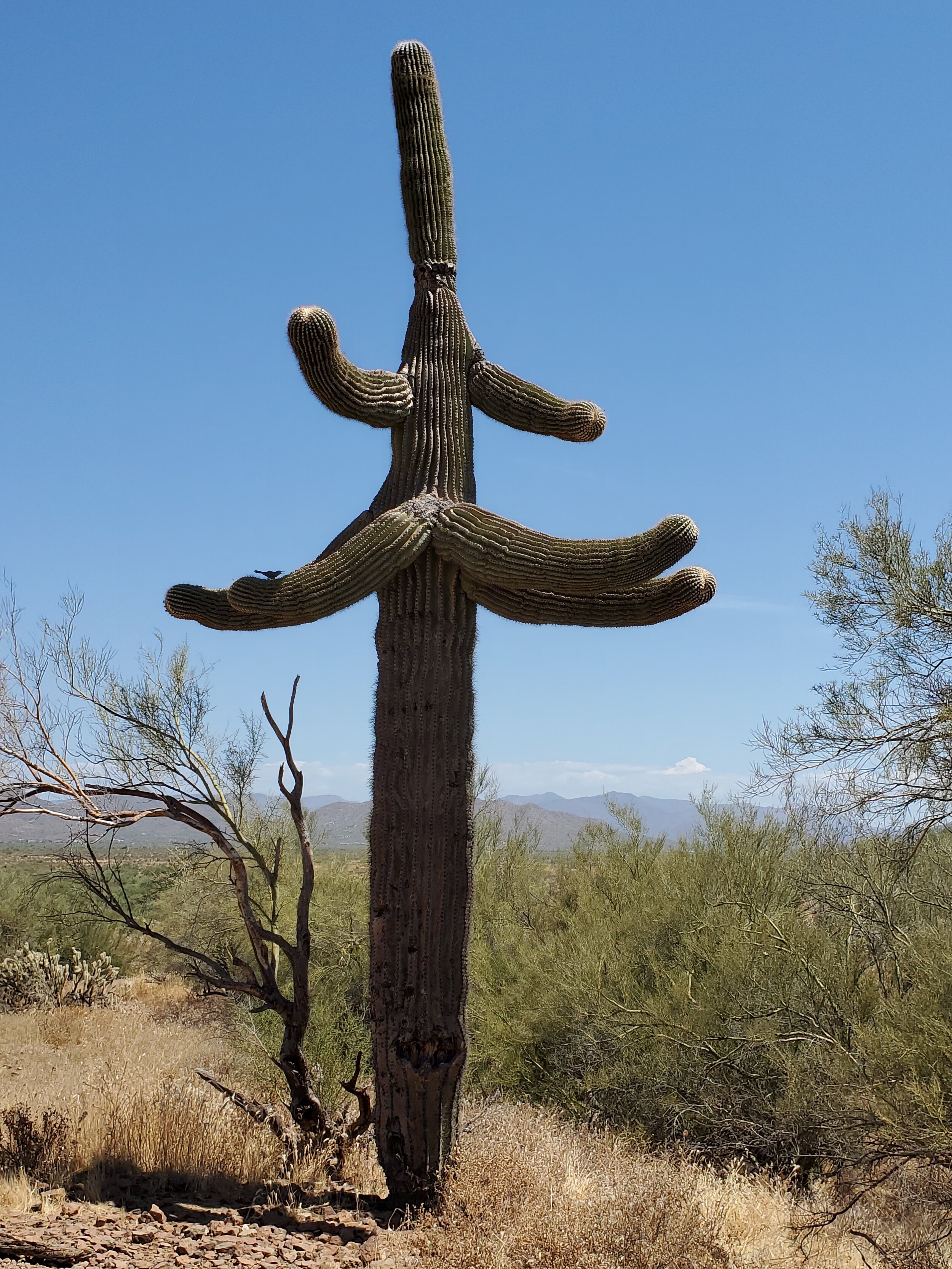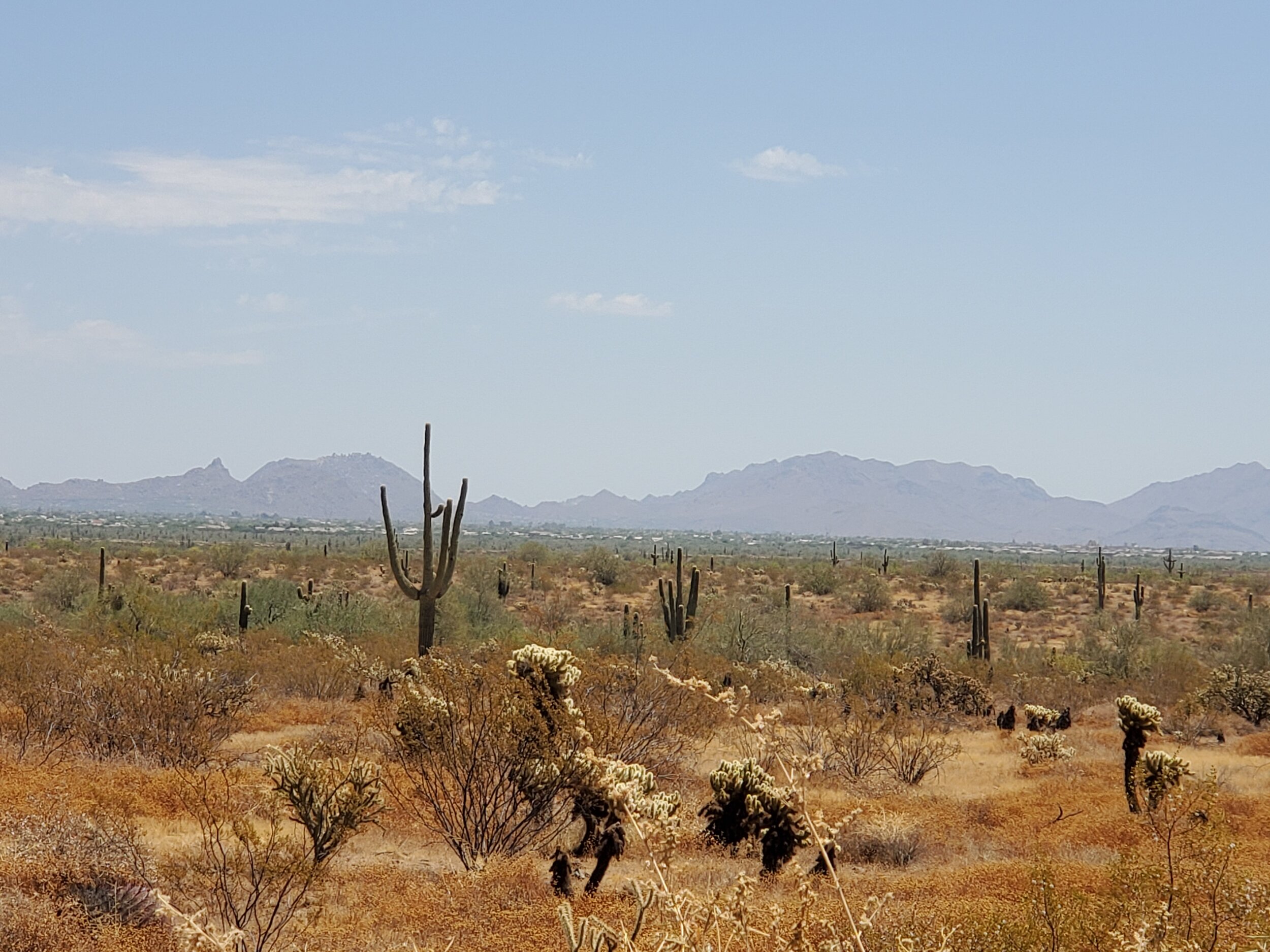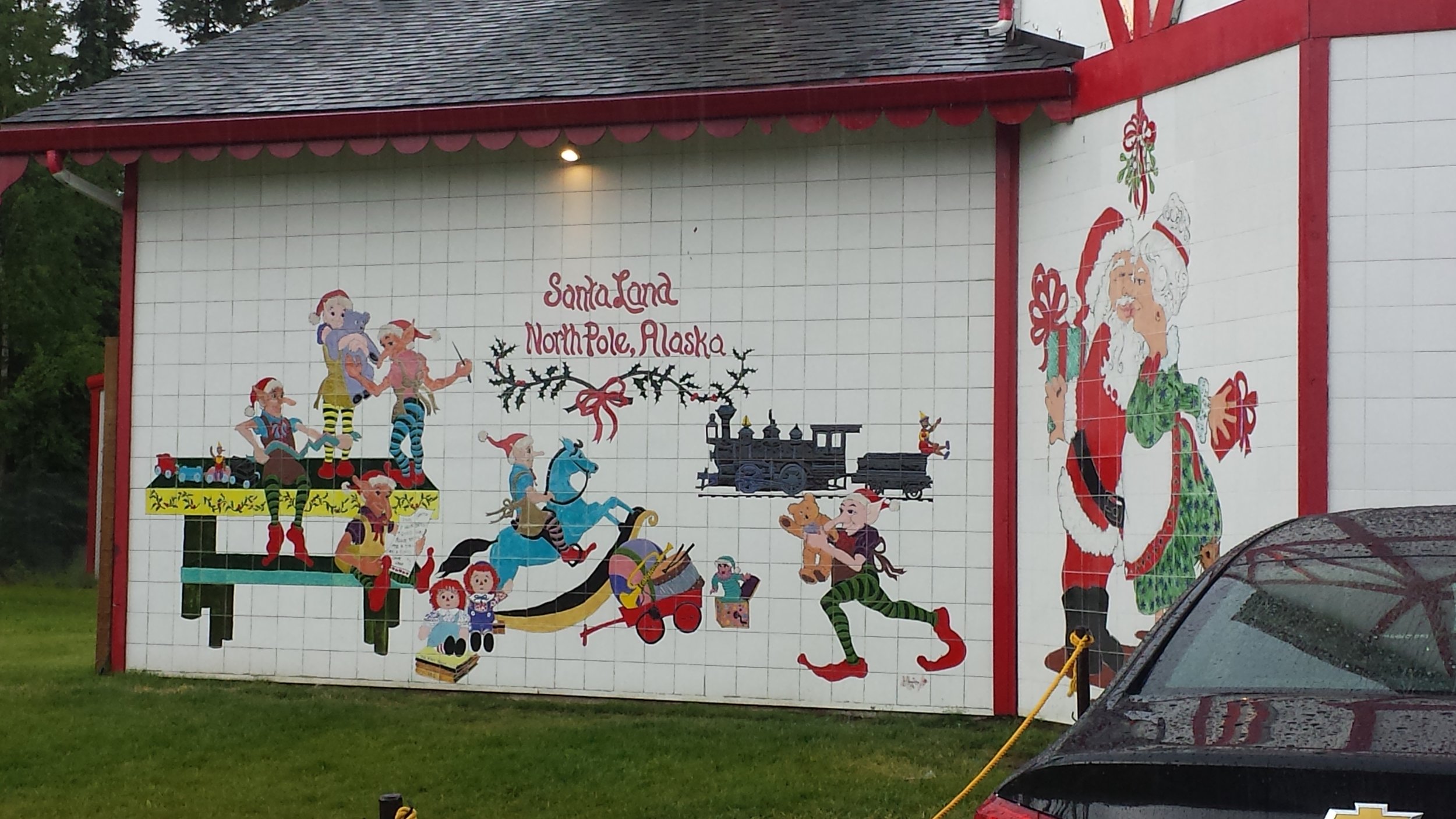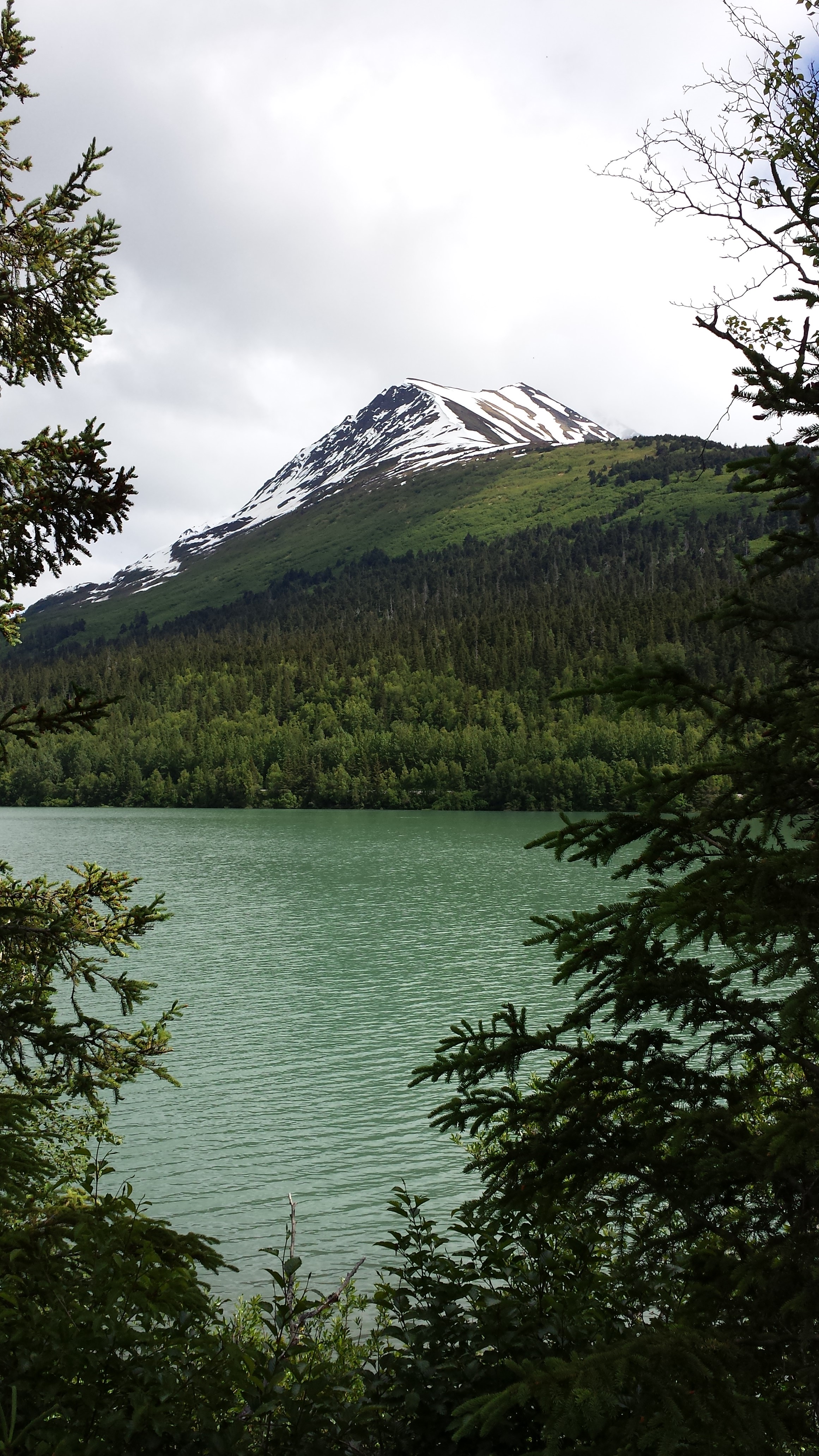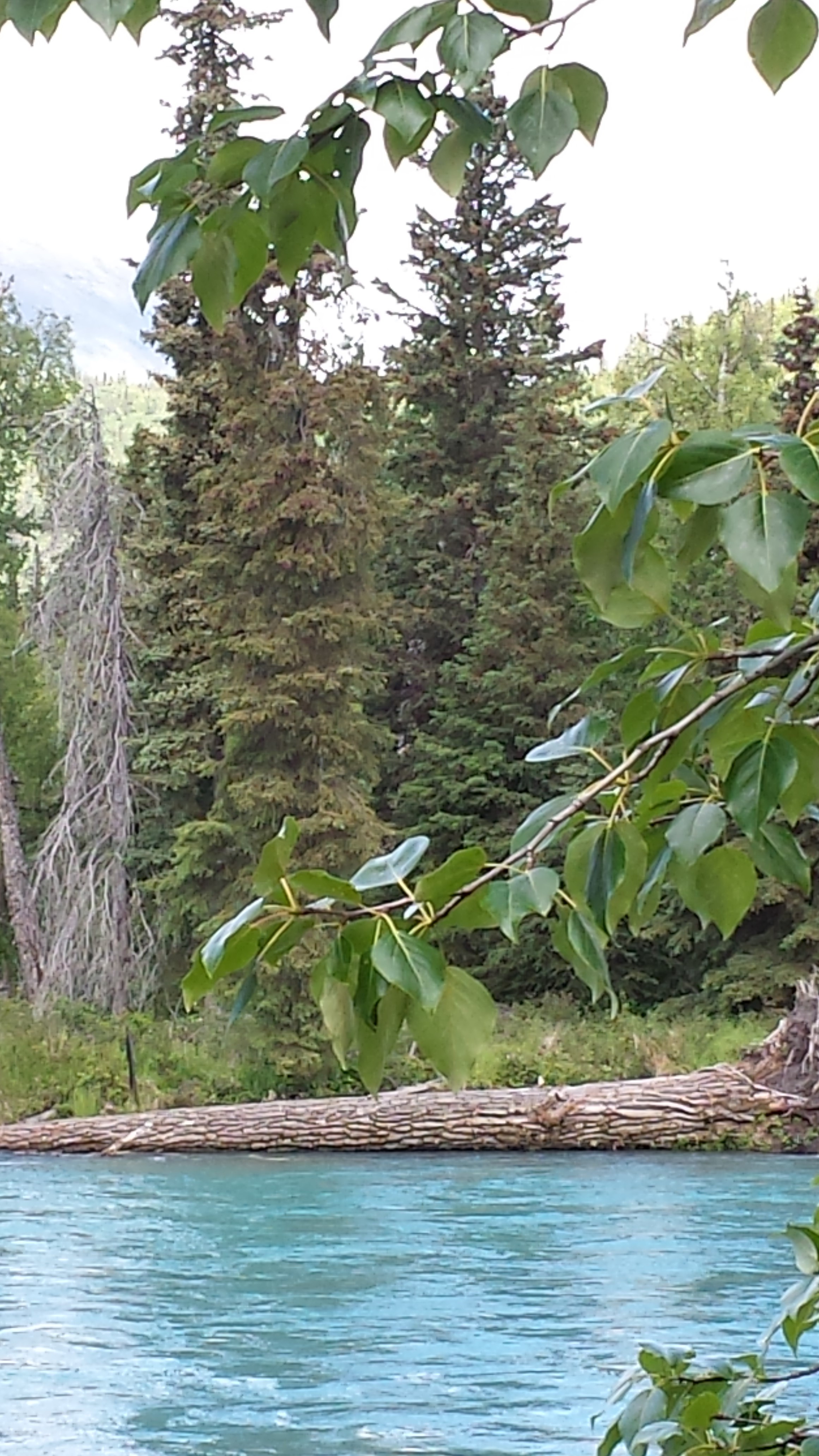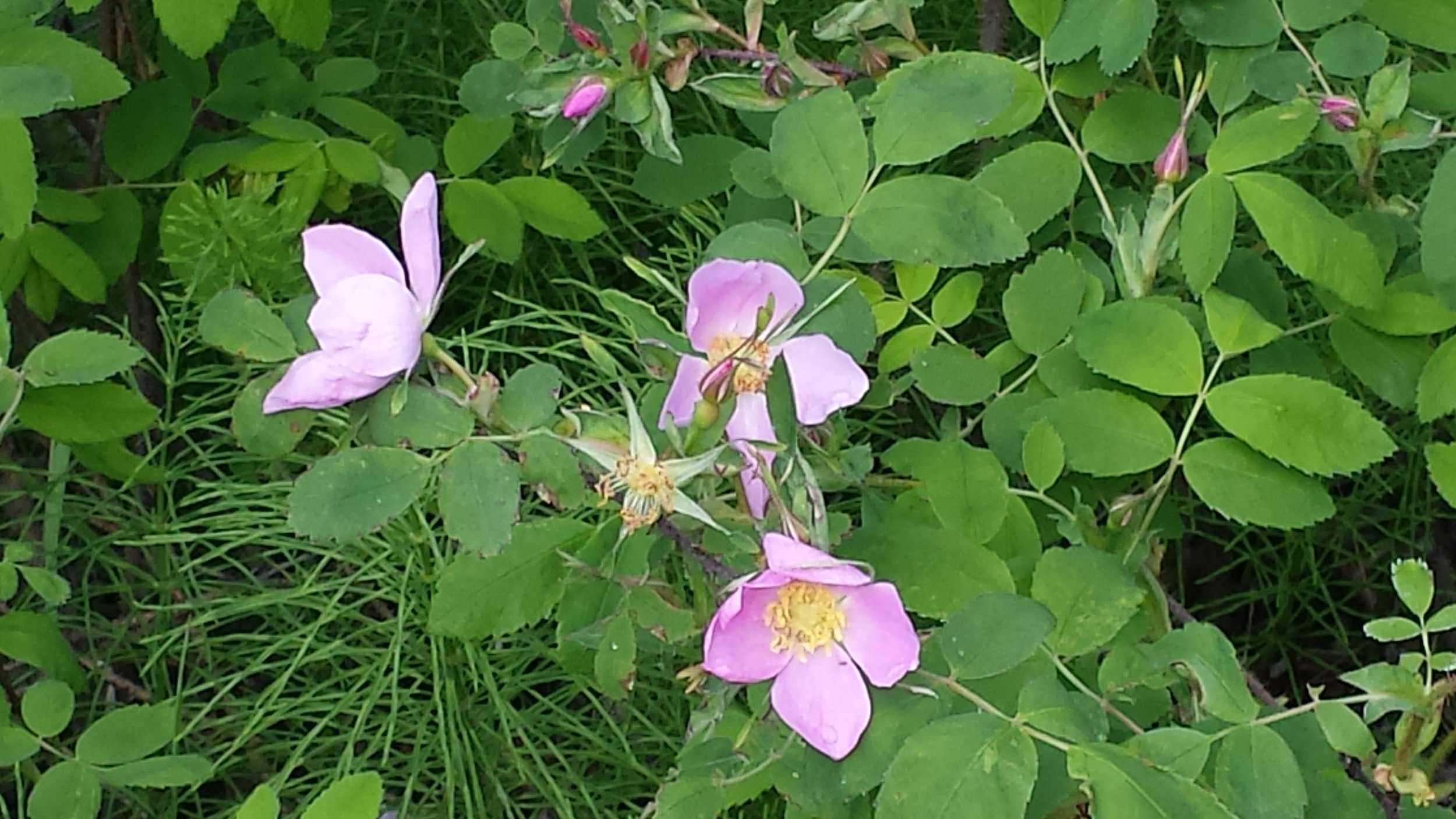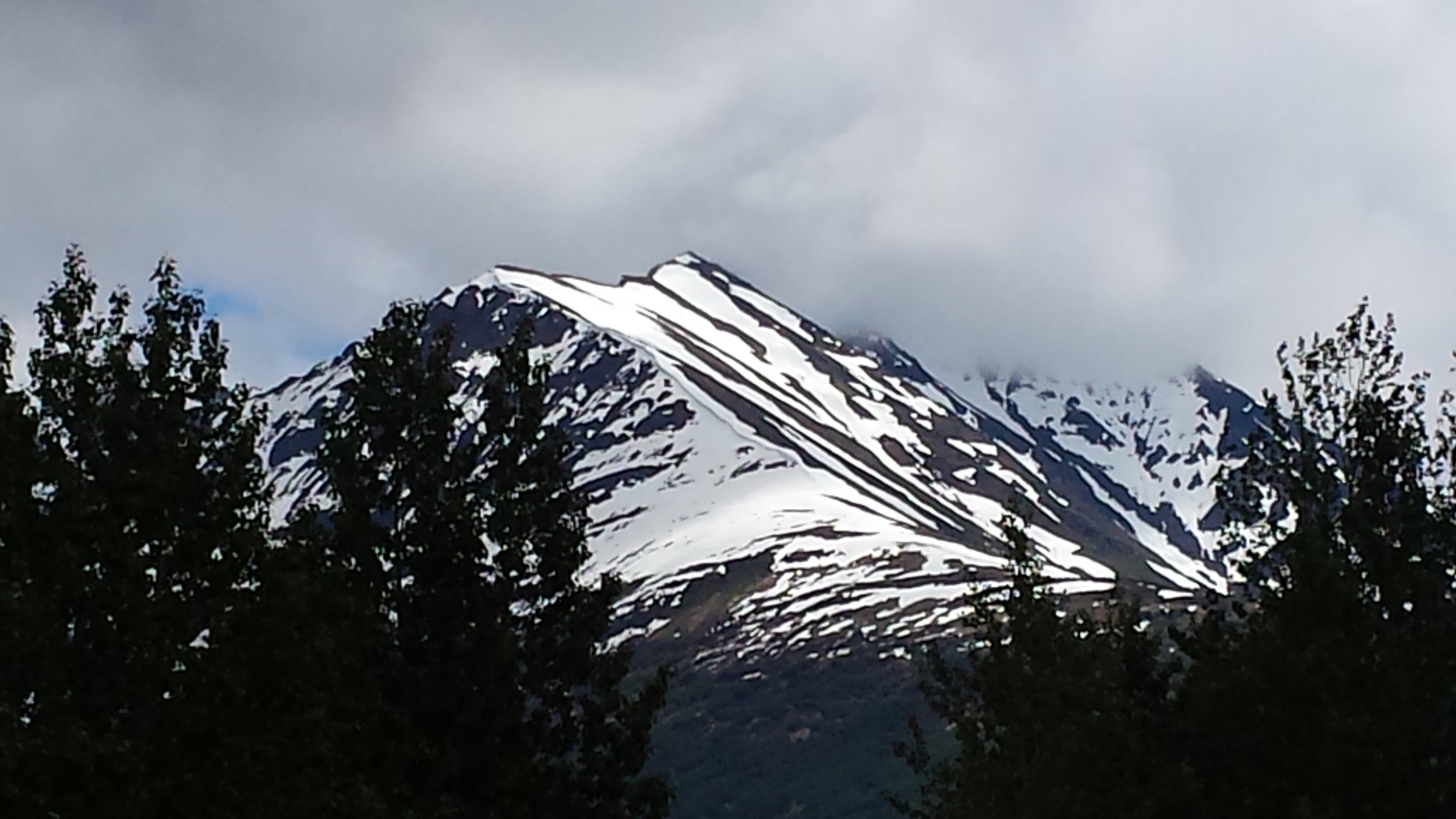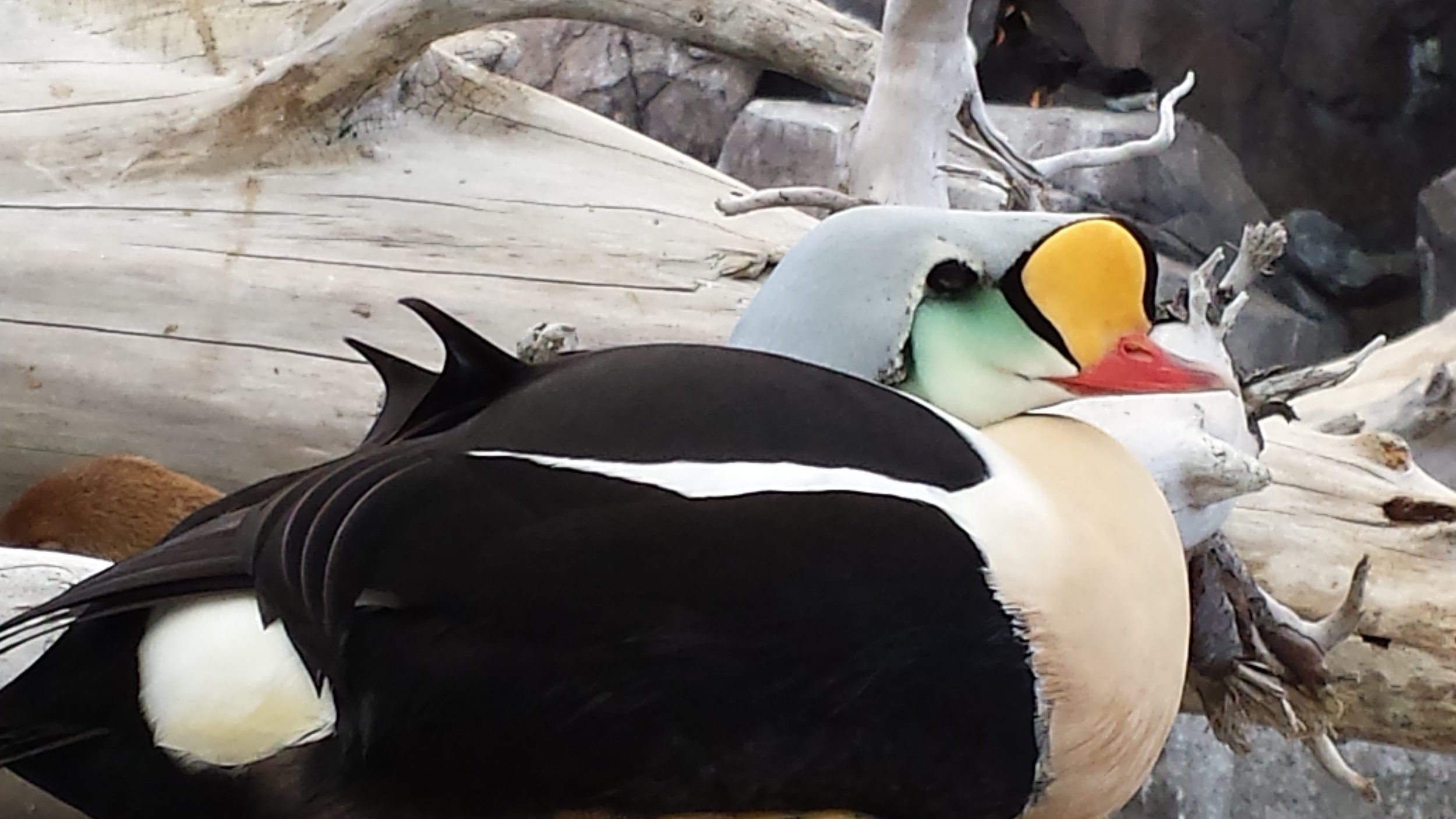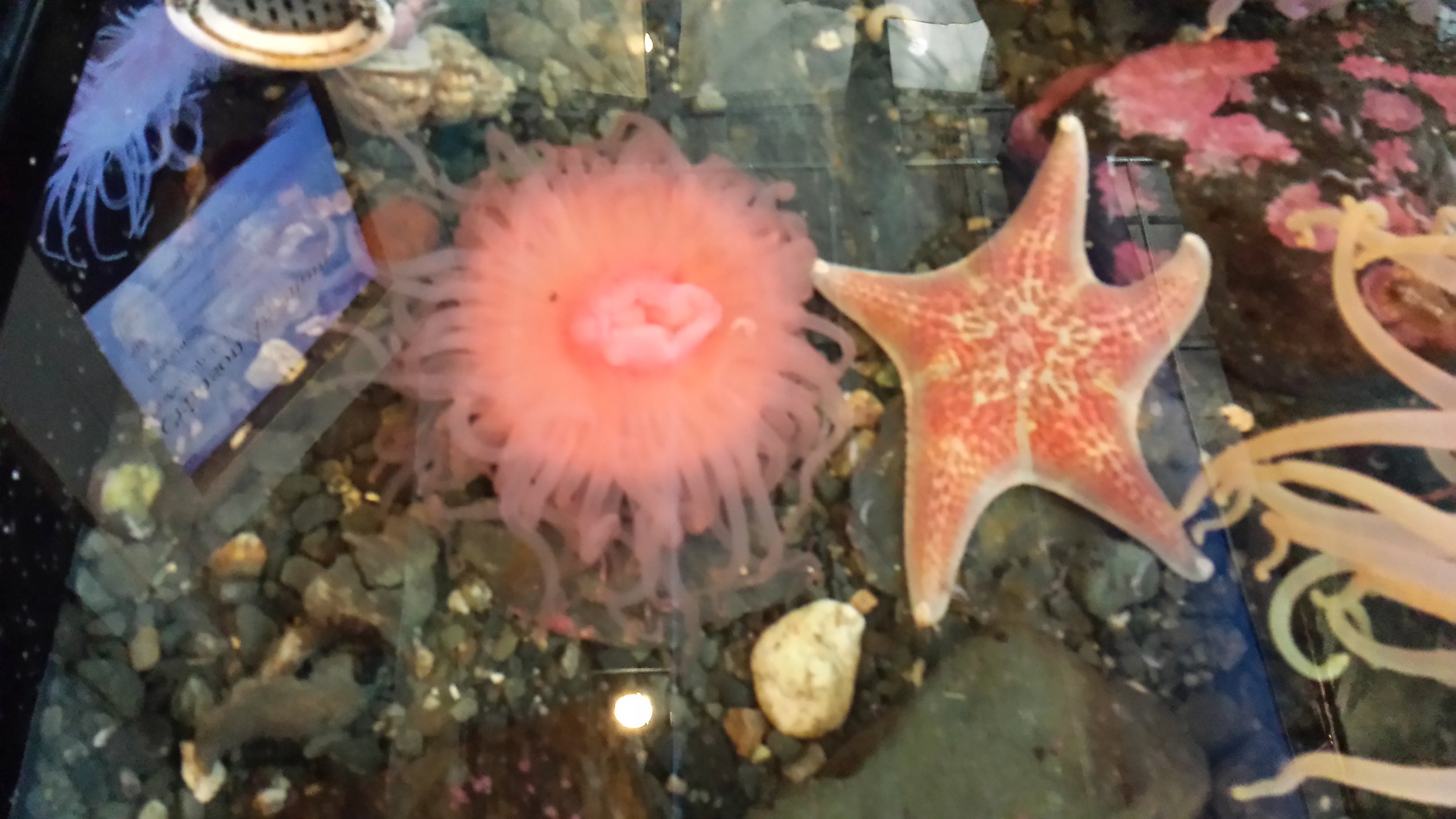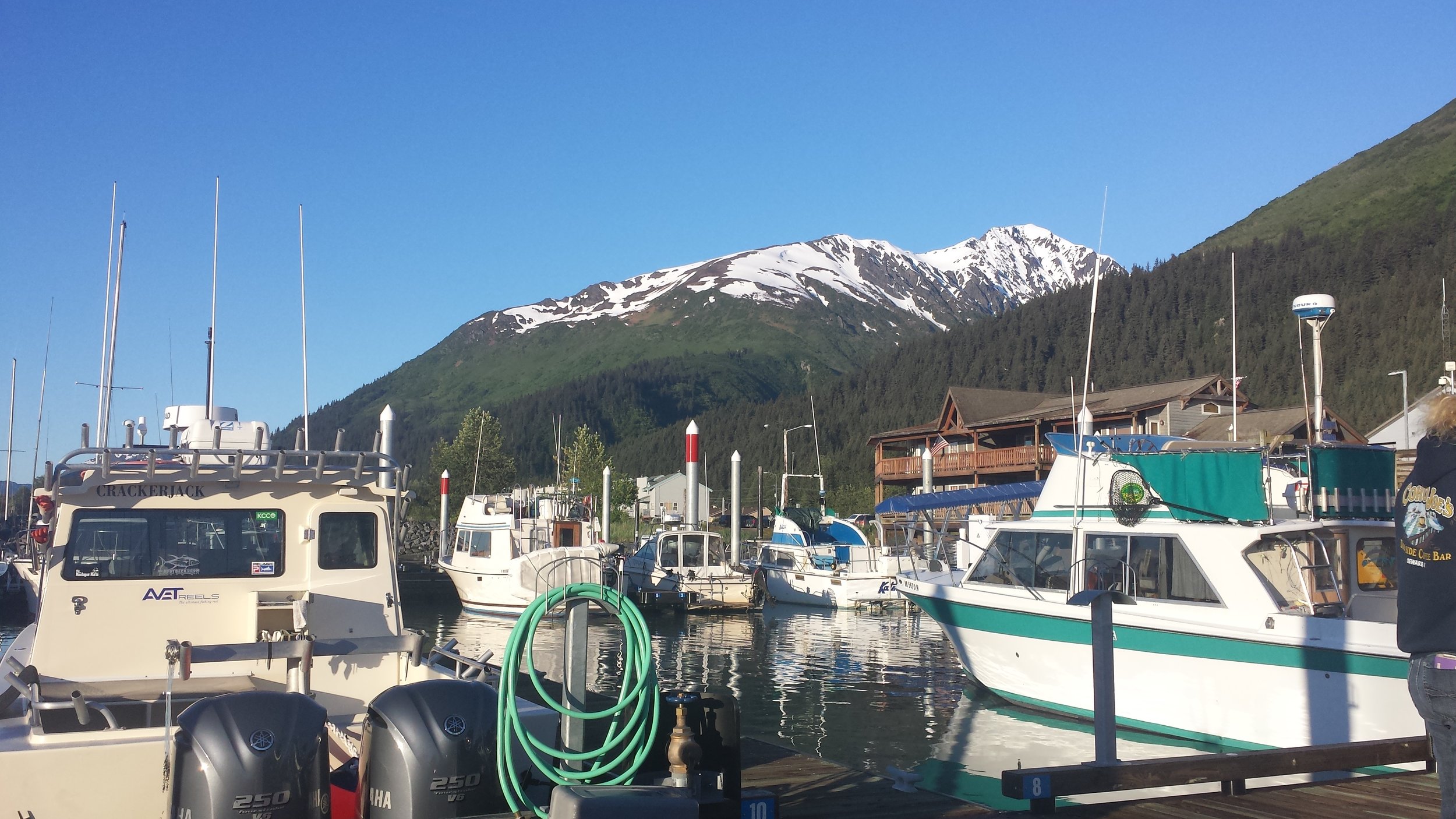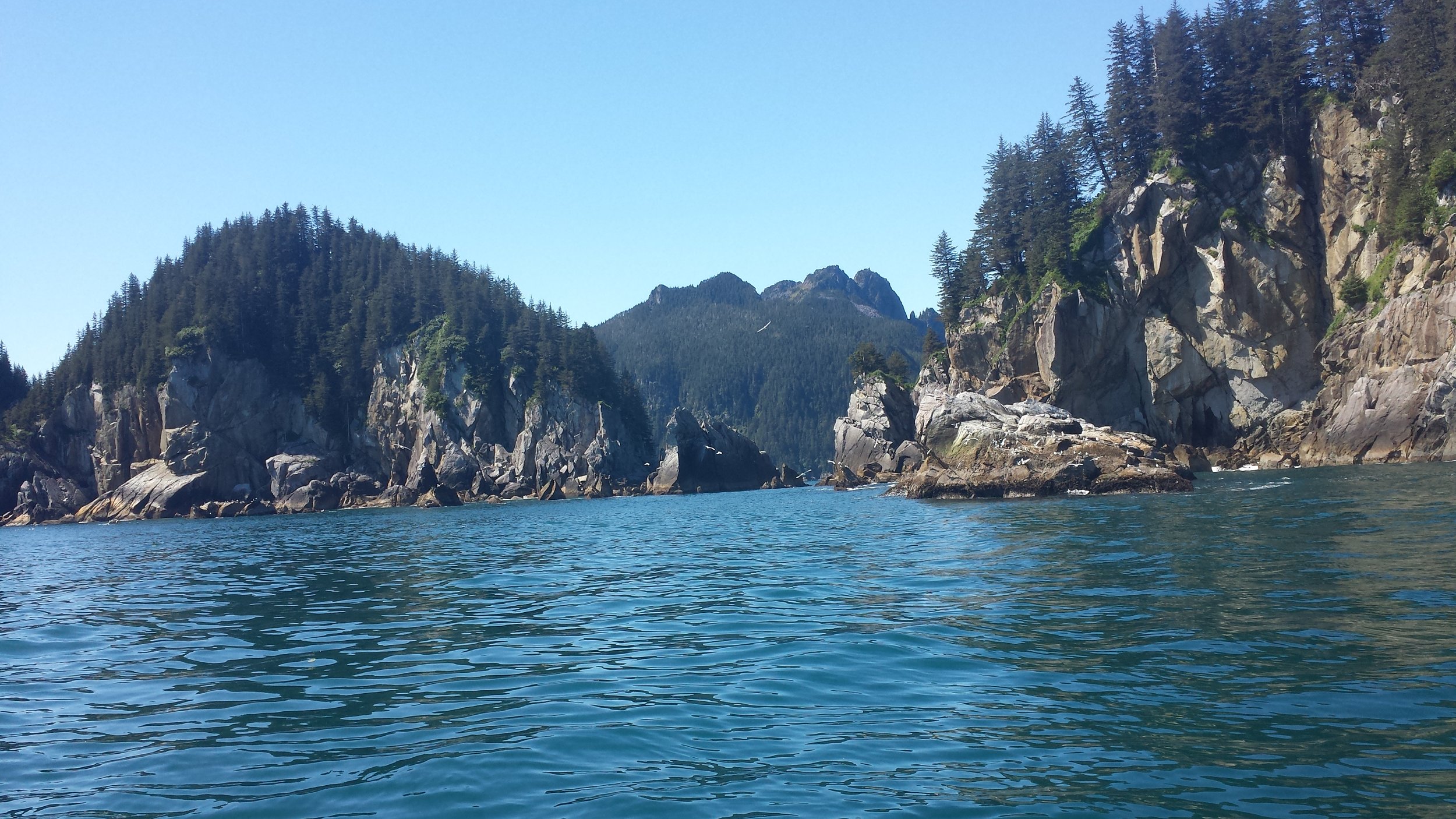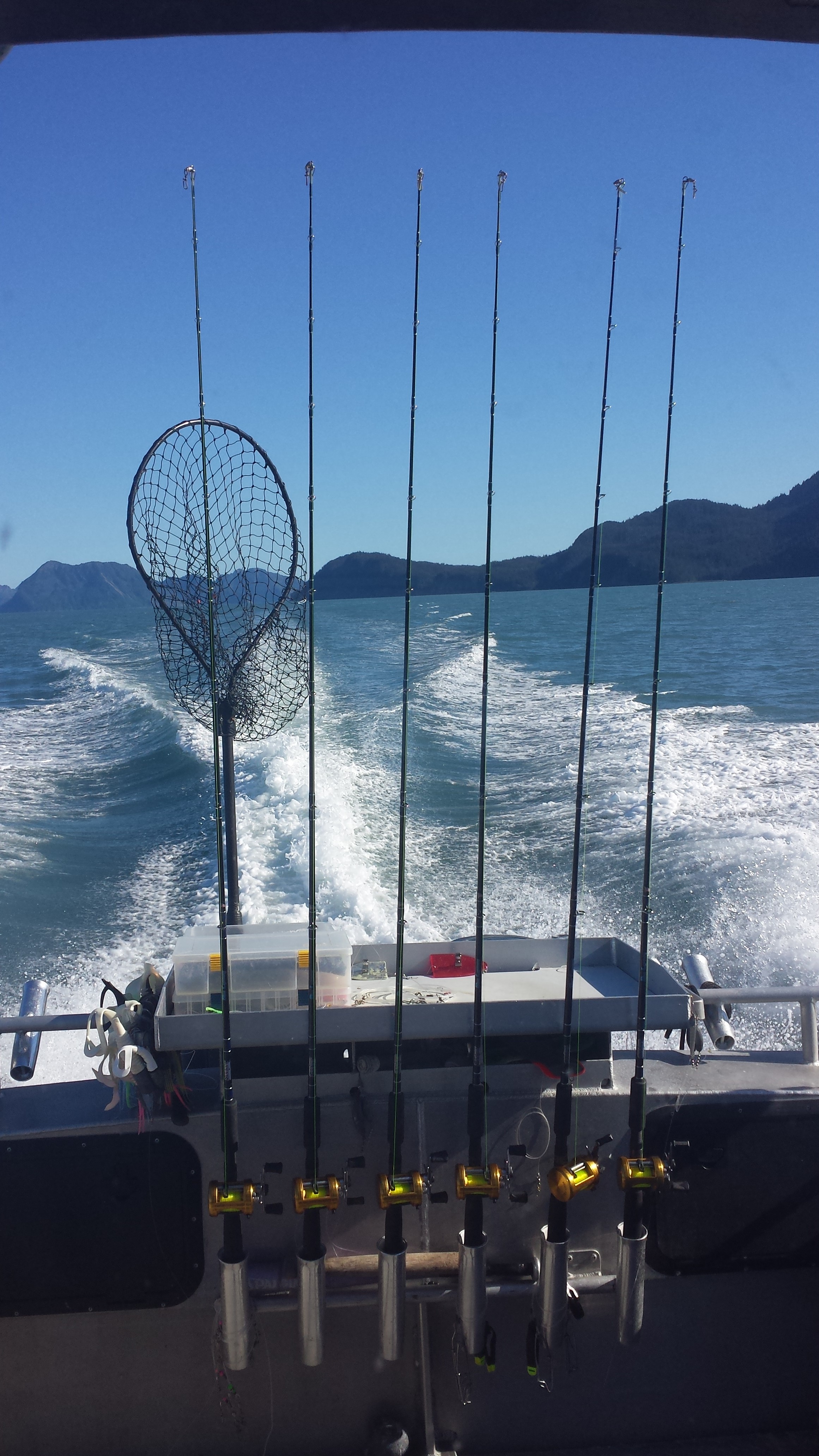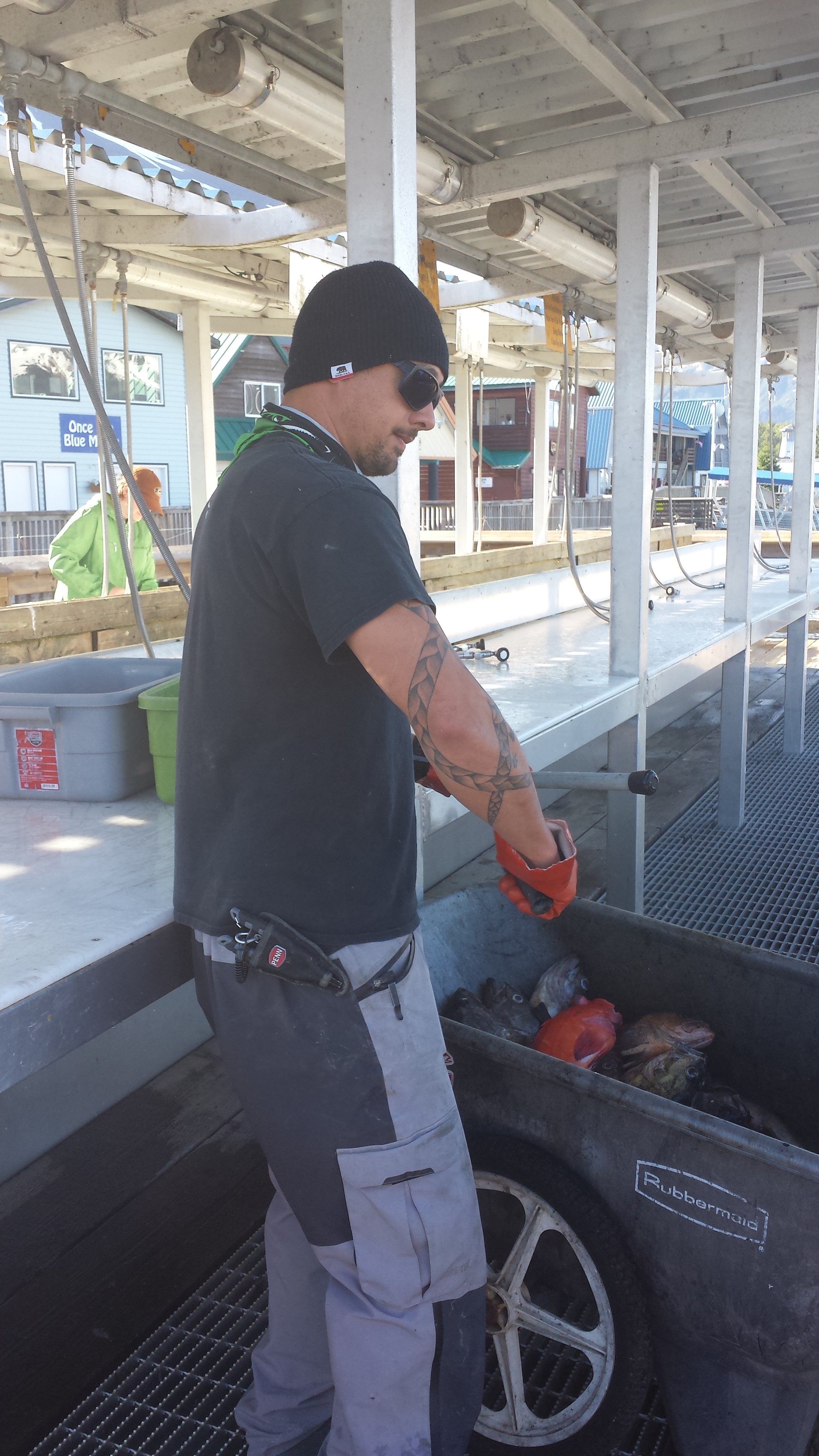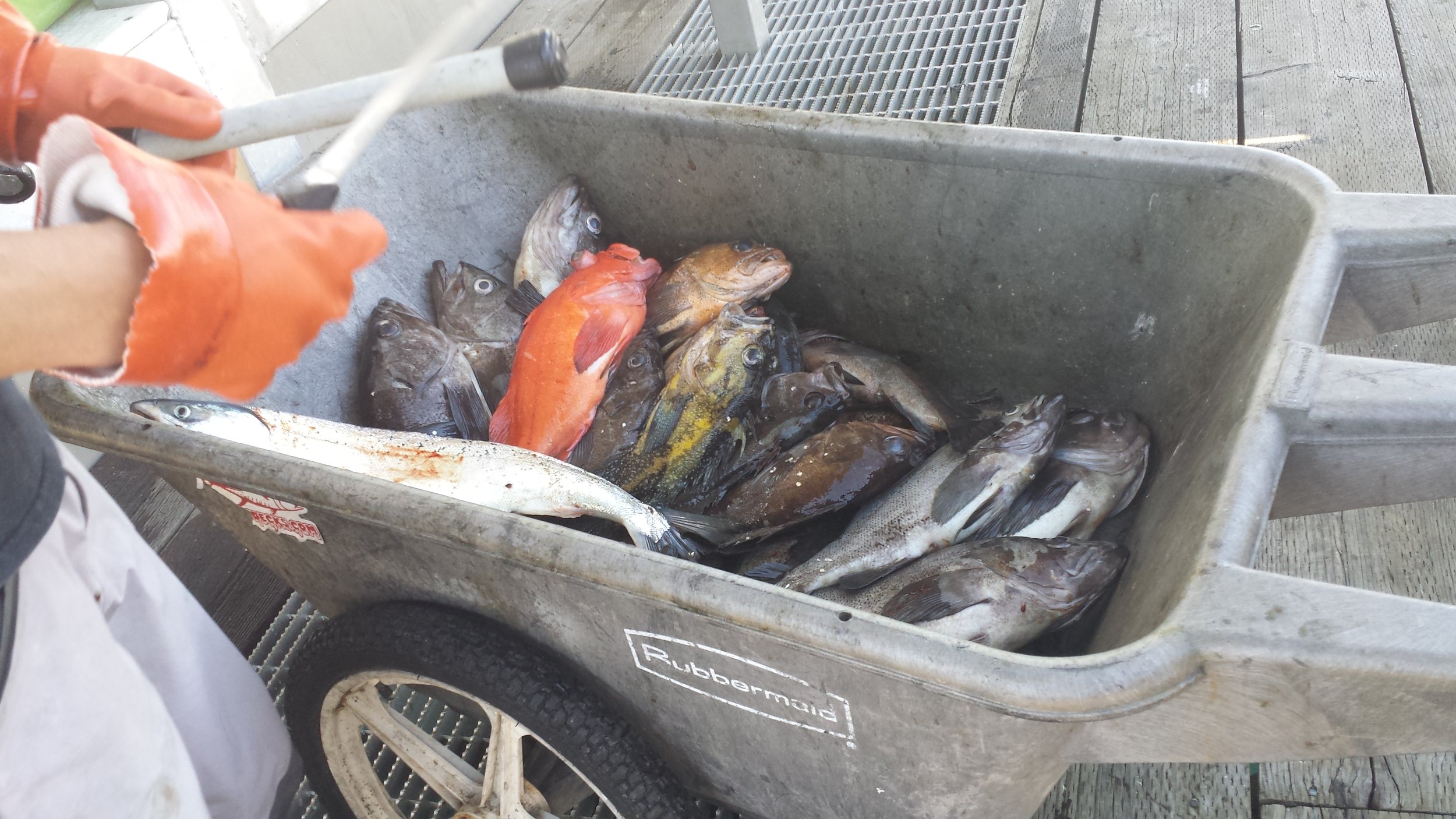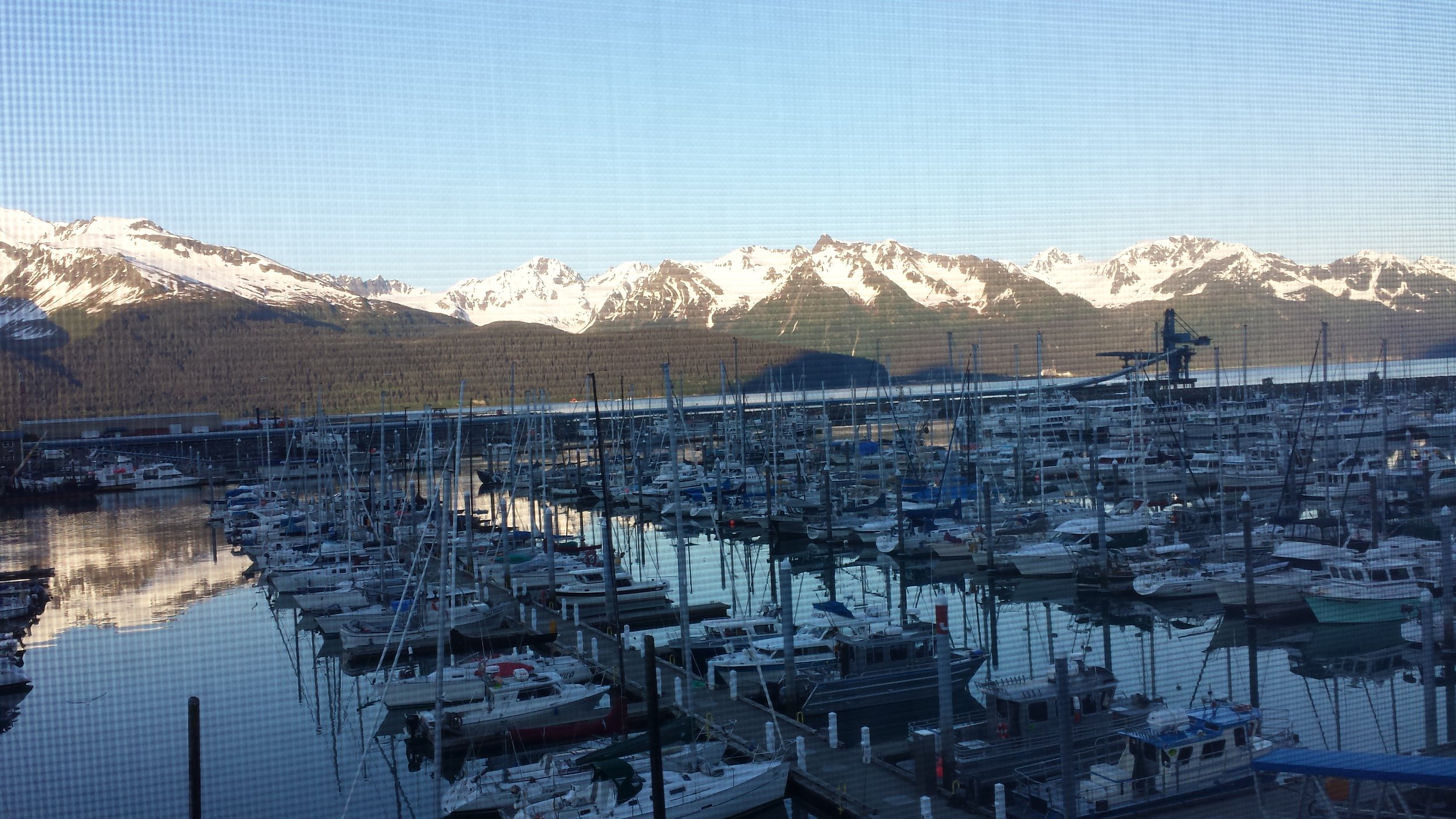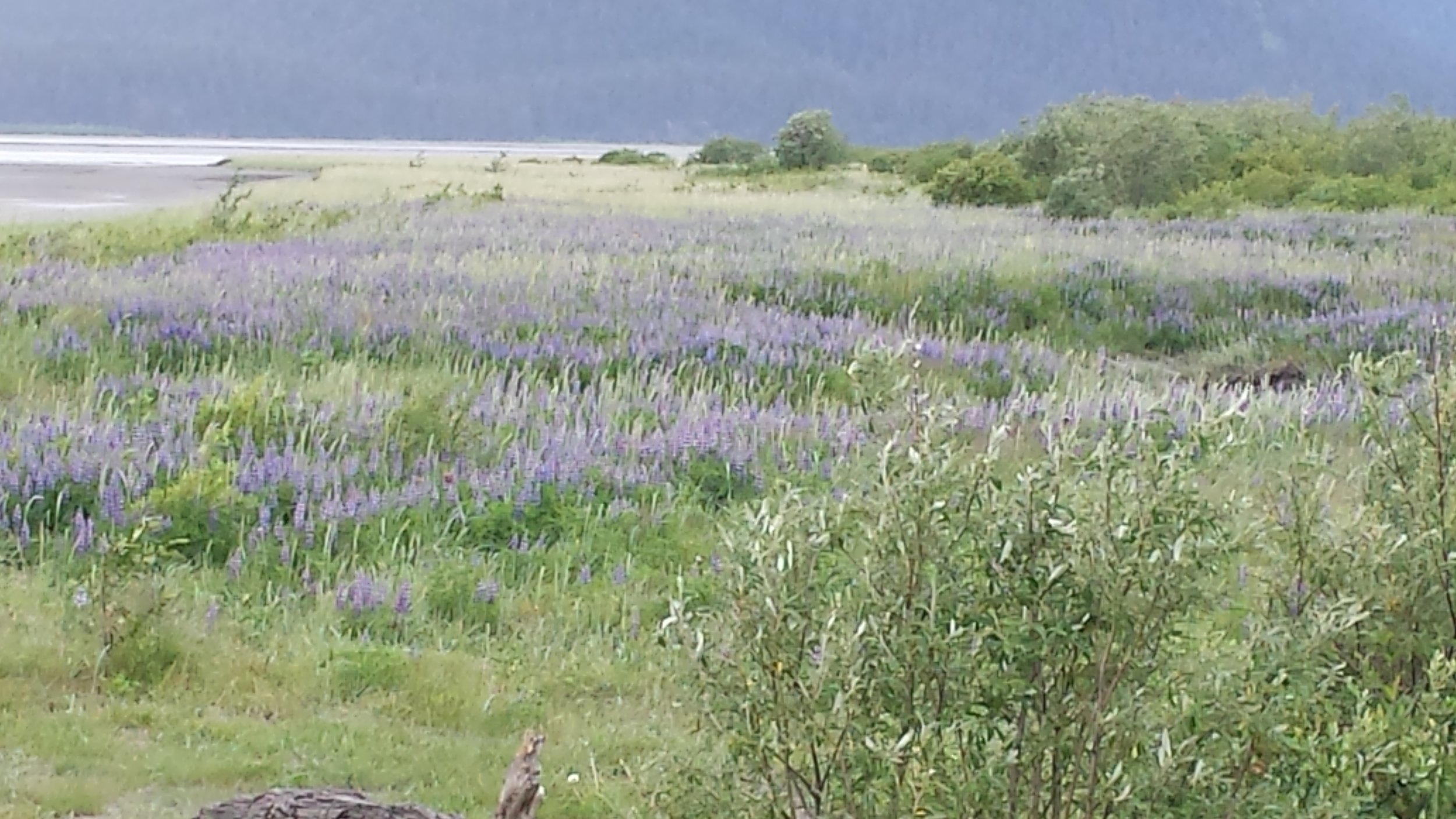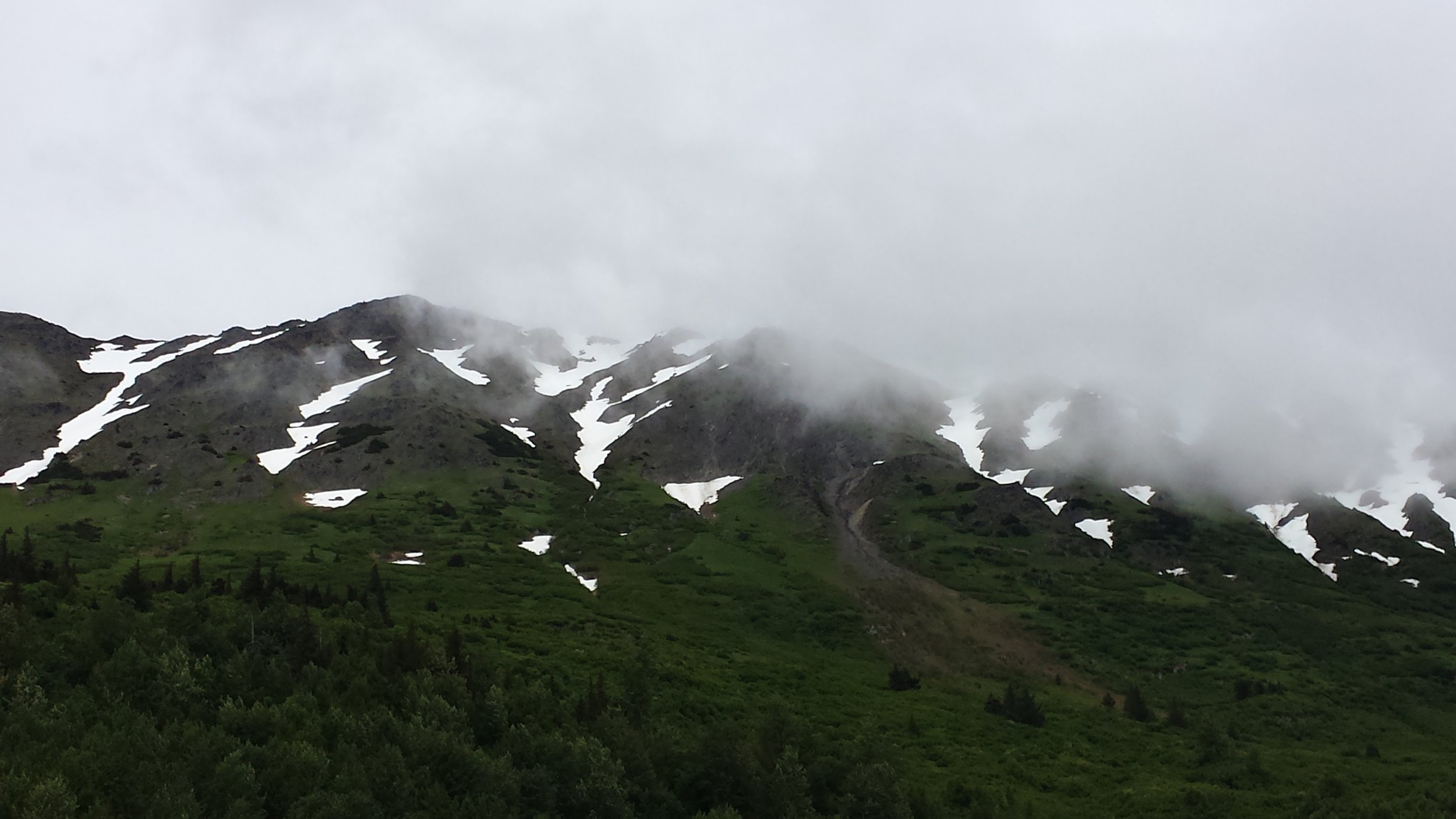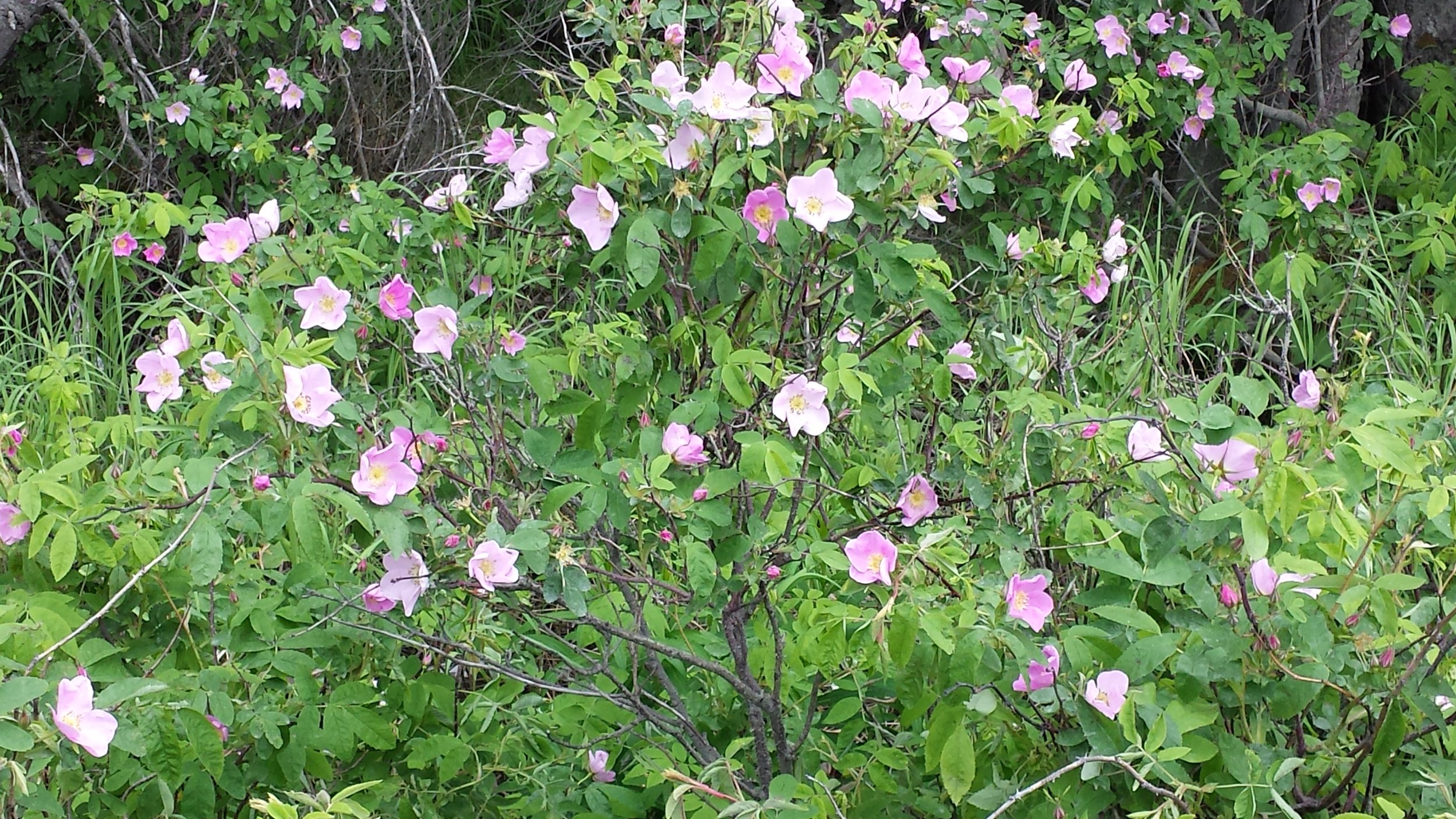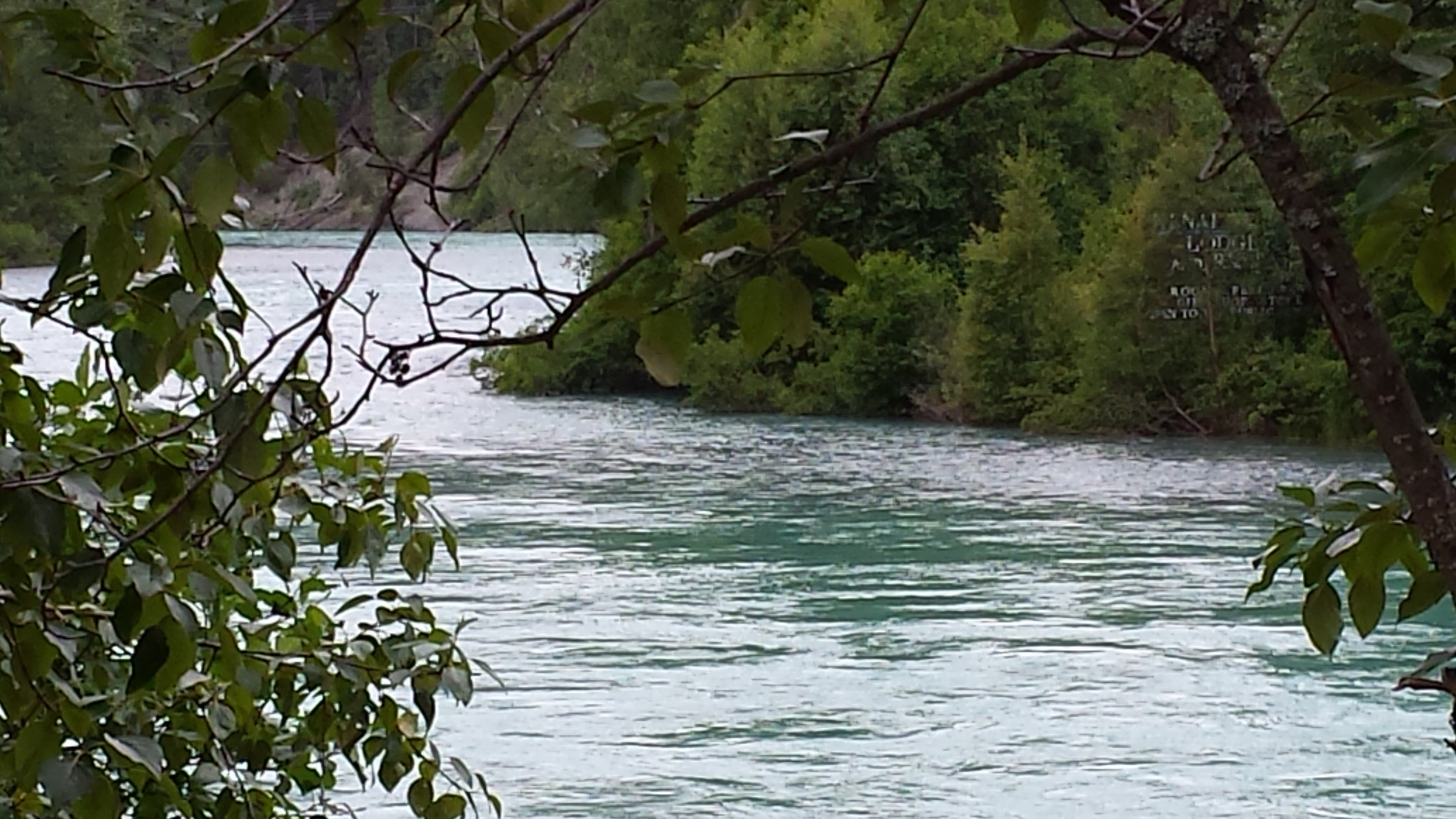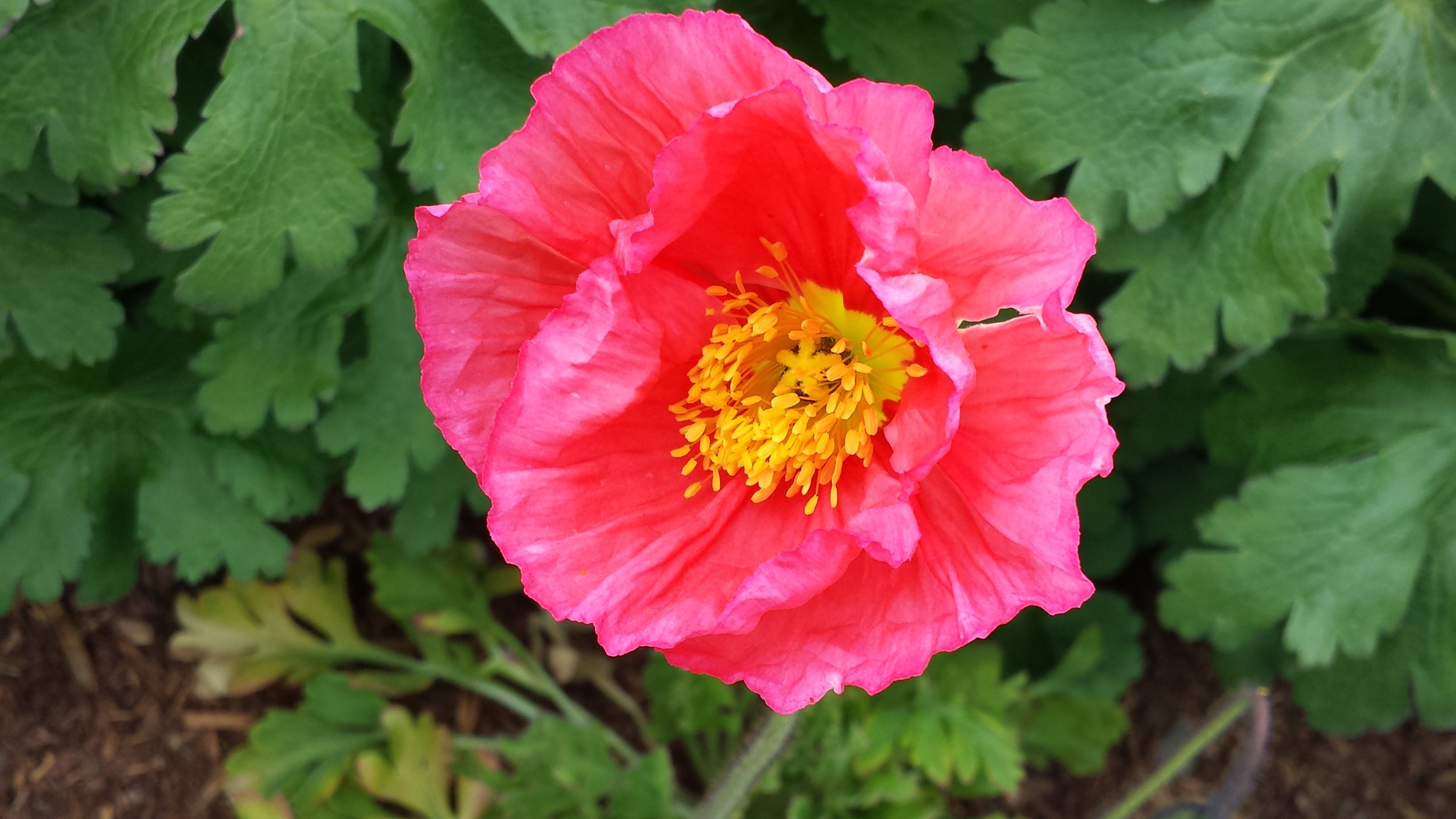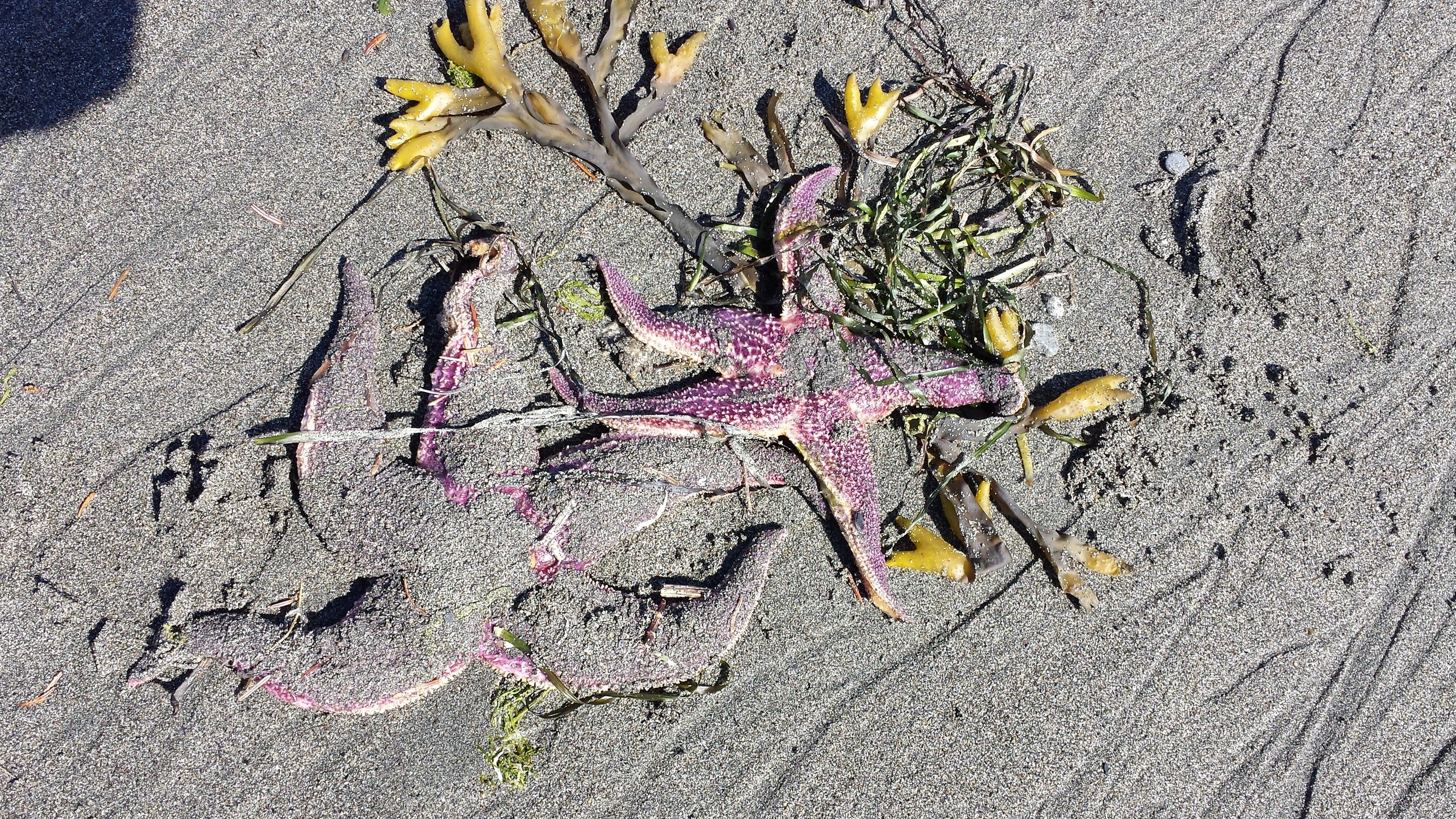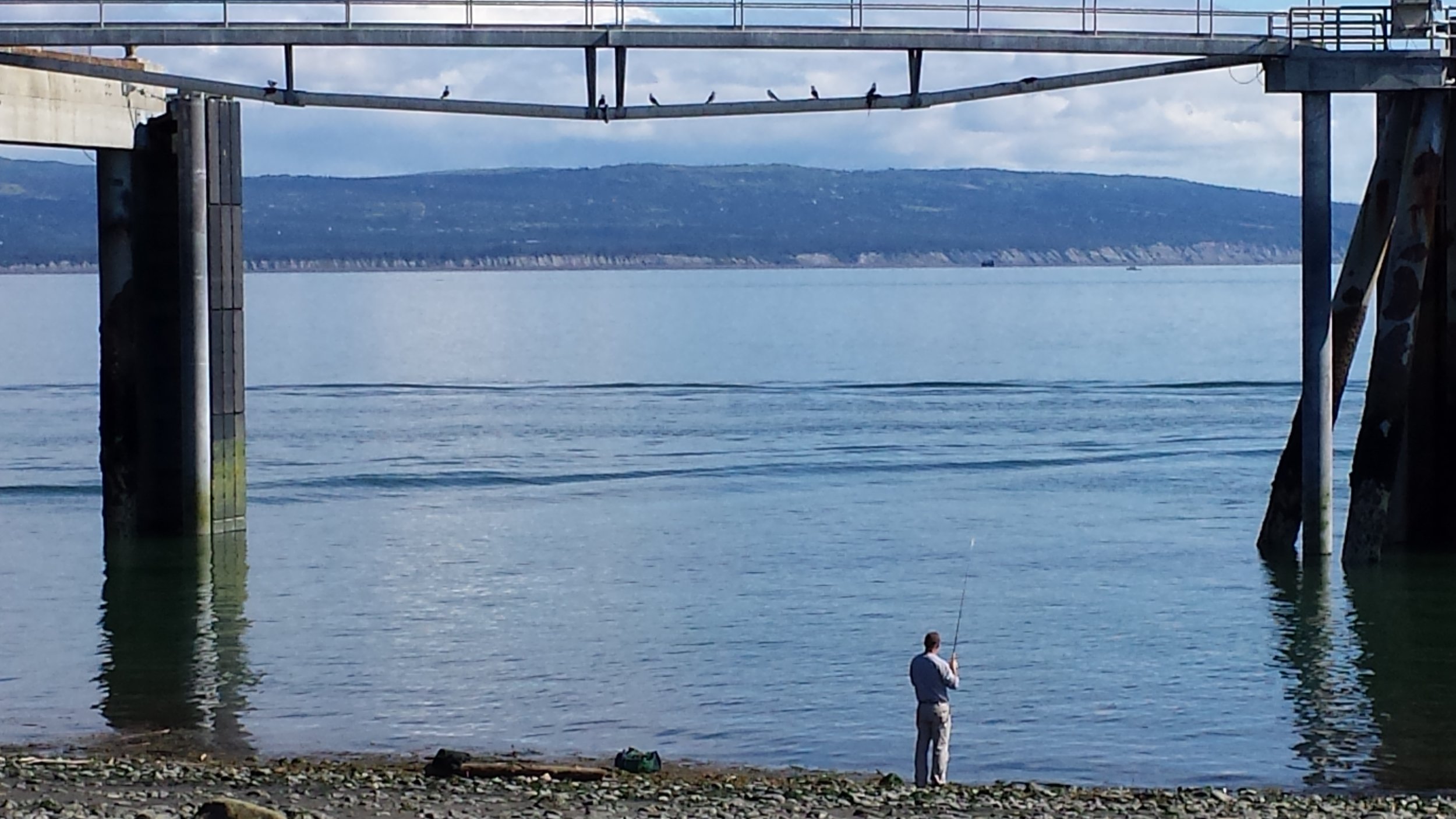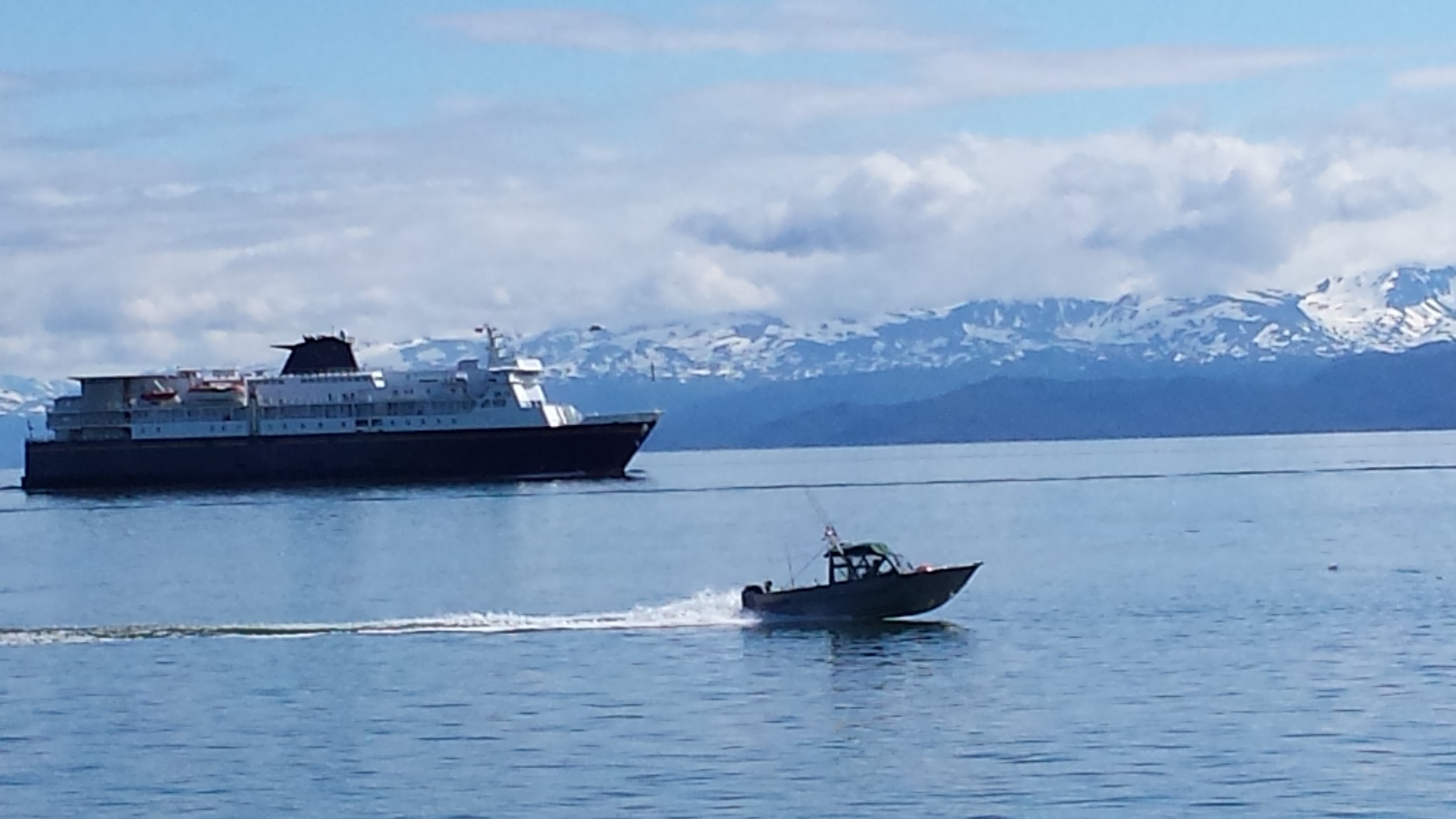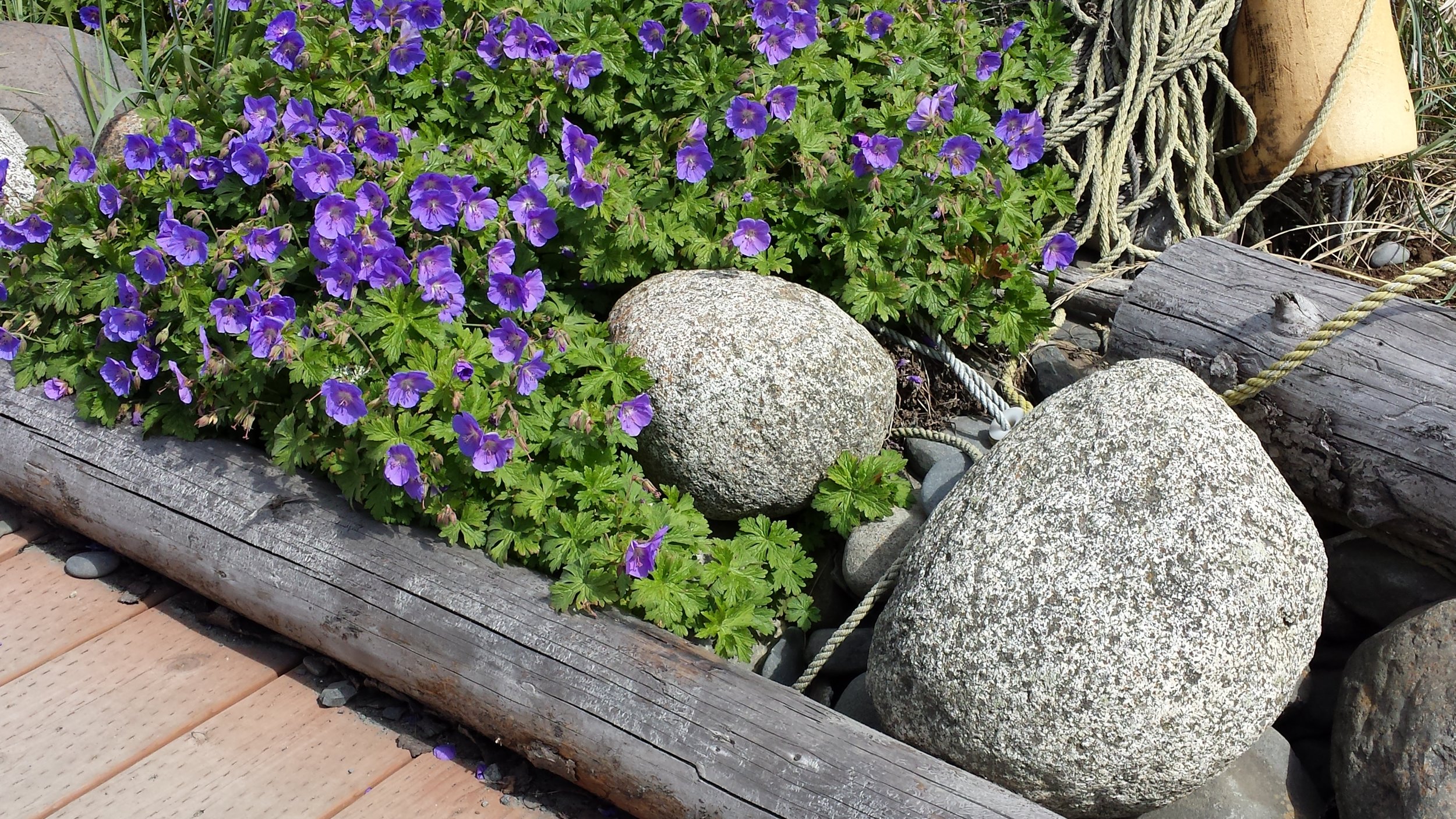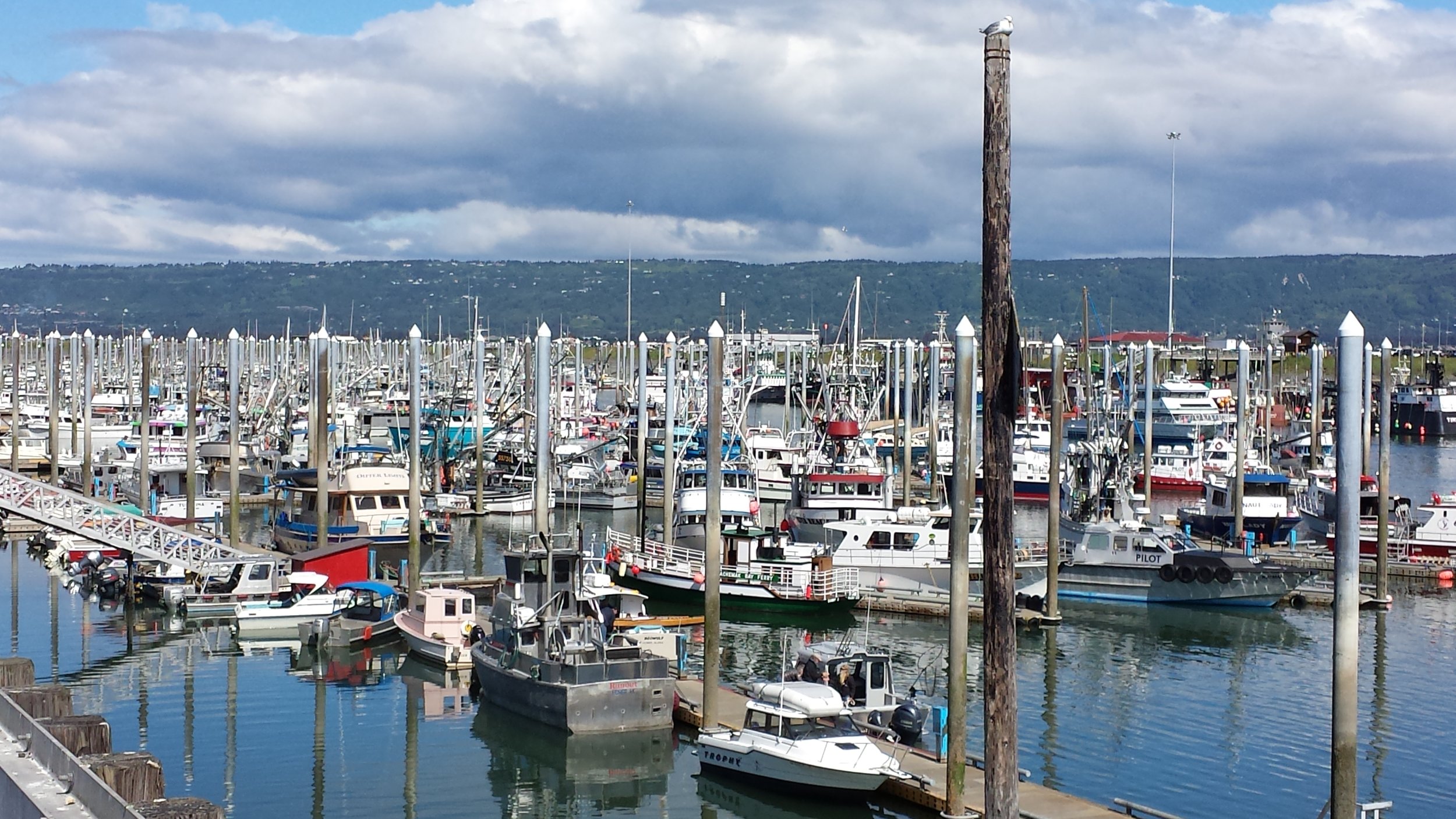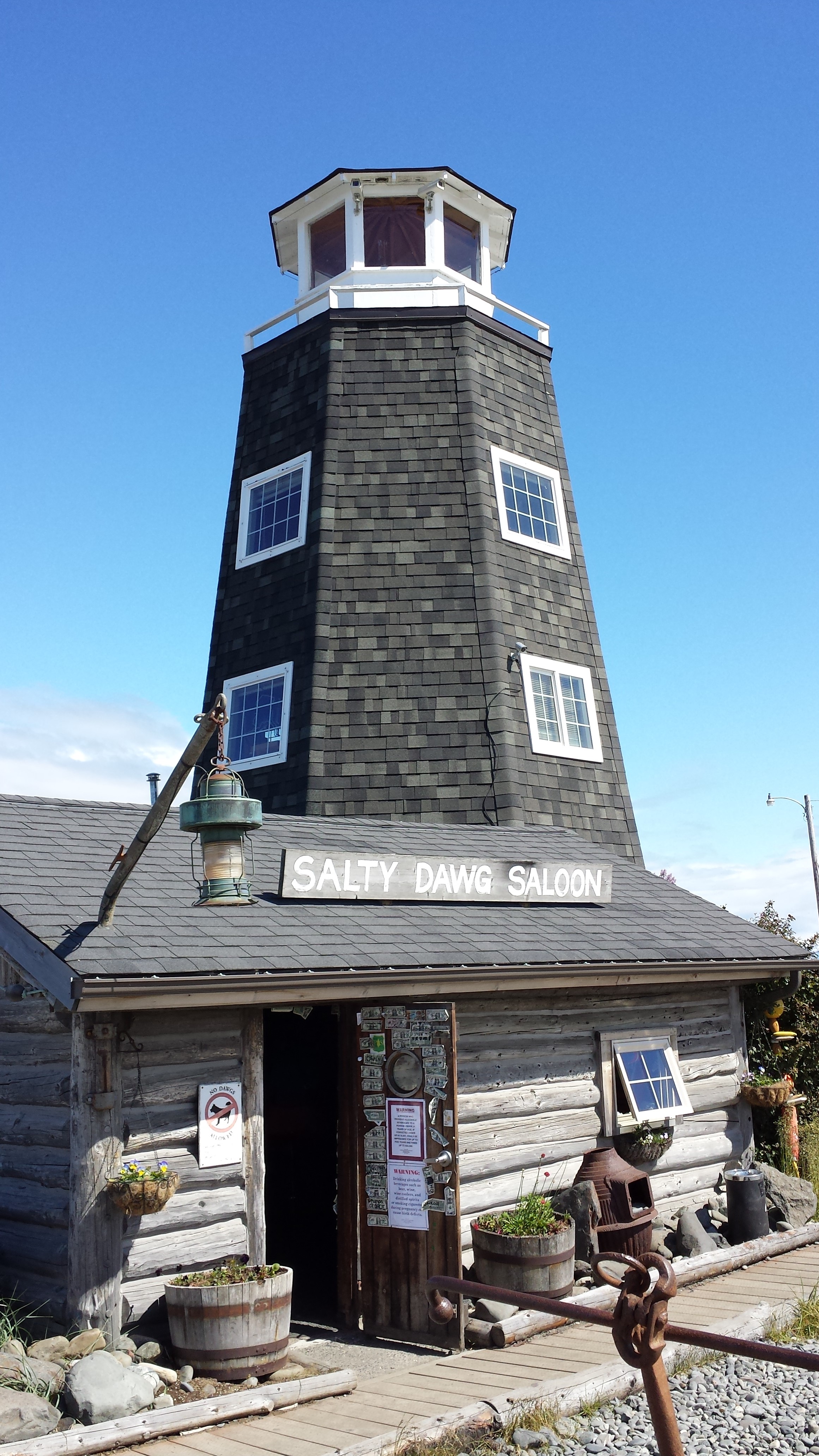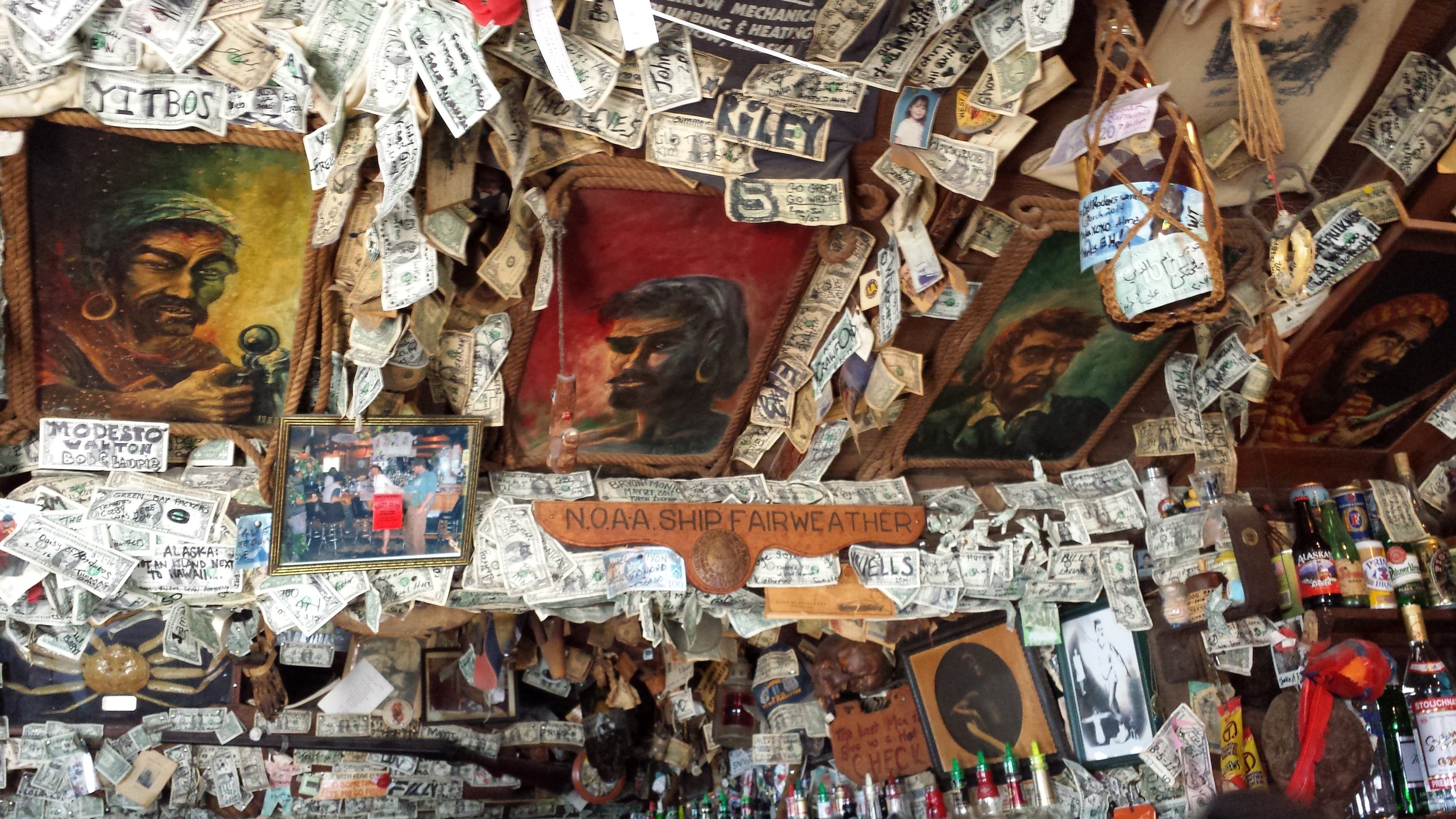Freedom. Freedom is not anything goes. Our public spaces dictate certain types of behaviors as appropriate, proper and legal. Public spaces have a code, a suite of social norms, expectations, and laws governing our behavior. These norms operate often behind the back – we trust and entrust ourselves to them daily. When we leave our private residence we have for example, traffic rules (e.g., traffic lights, speed limits, seat belt laws) – all designed to regulate our collective behavior within the public sphere. We have rules about smoking in public places, spitting and gum chewing, bicycle use, skateboard use – many rules govern our daily life.
While in a public space, we have a reasonable expectation that someone isn’t going to strike our person or otherwise inflict harm either personally or collectively. For example, in movies, we see this sort or regulatory action with the silence your cell phone reminders. People can’t smoke indoors or near public doors; people can’t drink to excess and then drive, etc. Social groups peacefully live together by their social norms, rules, and laws. We collectively define what the public experience is like and this definition is experienced as reality, as the way things work and are.
Collectively, we experience shock and awe following incidents like the Las Vegas massacre. I experience a deep sadness, grief, particularly because partially what goes through my mind is here we go again. As a nation, we’ve had many opportunities to grieve, to experience shock, grief, and anger following these sorts of murderous rampages ravaging our public sphere – movie theaters, grocery store parking lot, schools, concert venues, churches – the list goes on and on. Most citizens say this is wrong and that something needs to be done. Nothing gets done in part because our collective desperation for safety and security within our public spaces and protections for our freedom to assemble, live, and connect within the public sphere are seemingly secondary to 2nd Amendment protections about the right to bear arms.
Hear me on this – I am not anti-gun or anti-2nd Amendment. There are many people in the country with guns who use them responsibly with a healthy respect for their distribution and use. Often though, the default answer to these sorts of events is guns don’t kill people, people kill people. Well, okay. That answer is dismissive and one dimensional to the point of being trite especially so in the face of yet another massacre. The ease with which one can and the freedom to amass weapons regardless of the person’s motive, mental health, etc. creates a scenario by which our collective freedom to publicly assemble and presume safety and security in those spaces is grossly threatened.
Freedom is not anything goes – it is negotiated within public spaces among citizens using social norms and laws to create a space where all can hopefully flourish. So, I ask those defensive for gun laws – what are you willing to do relative to gun laws and individual rights that might offer a level of protection, safety, and security for our collective capacity to assemble in public spaces? How might you balance the freedom to purchase guns with protections that might prevent a person’s capacity to amass weapons that wreak such havoc? I realize that this is a multi-dimensional challenge – mental health, for example, is important to this discussion. But it begins with a thoughtful response to gun control and access. Ultimately, this is a how shall we then live...together sort of question.
Photo by Diana Feil on Unsplash






